Growing Dragon’s Egg Cucumbers
Learn how to grow and care for Dragon’s Egg Cucumbers. They’re mild, delicious, and fun to grow!
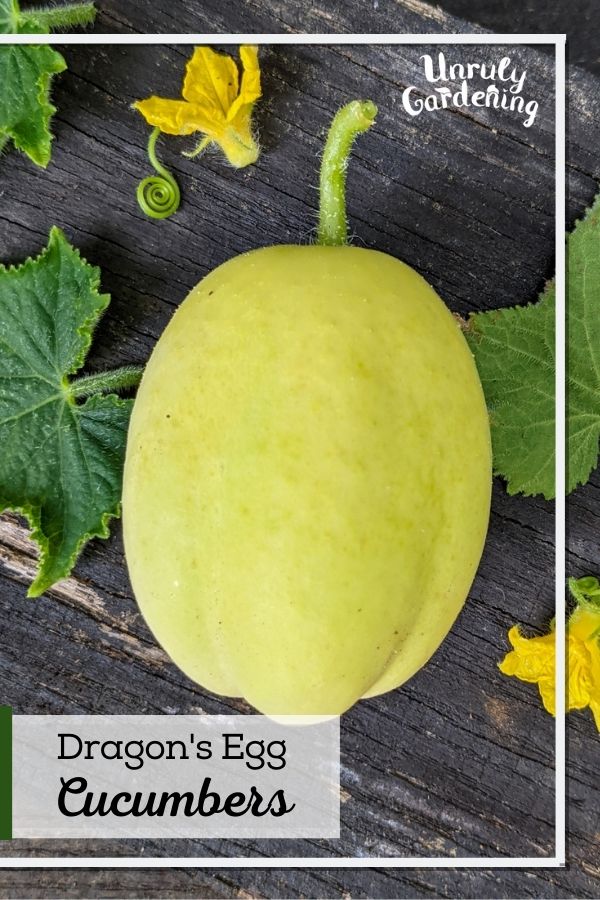
About:
Dragon’s Egg is a sweet and unique cream-colored cucumber that originates from Croatia.
This is an excellent cucumber well-worth growing at least once in your garden- it’s a mild, faintly sweet-flavored, thin-skinned delicate little thing, free from bitterness all the way up to the ends. They’re prolific, bearing fruit early in the season with heavy yields. Once they start to bloom, cucumbers almost seem like they’re appearing overnight!
What it is:
- Plant: Heirloom Cucumber (Cucumis sativus)
- Color: Creamy/White
- Days to Maturity: 50-70 days
- Frost-Hardy: No
- Lifespan: Annual
- When to plant: After all risk of frost has completely passed
- Edible: Yes
- Part Eaten: Fruit
Where to buy:
The author bought her seeds from Baker Creek Heirloom Seeds, and therefore can whole-heartedly recommend buying Dragon’s Egg seeds from their site. The germination rate was excellent, and the plants have been producing beautifully.
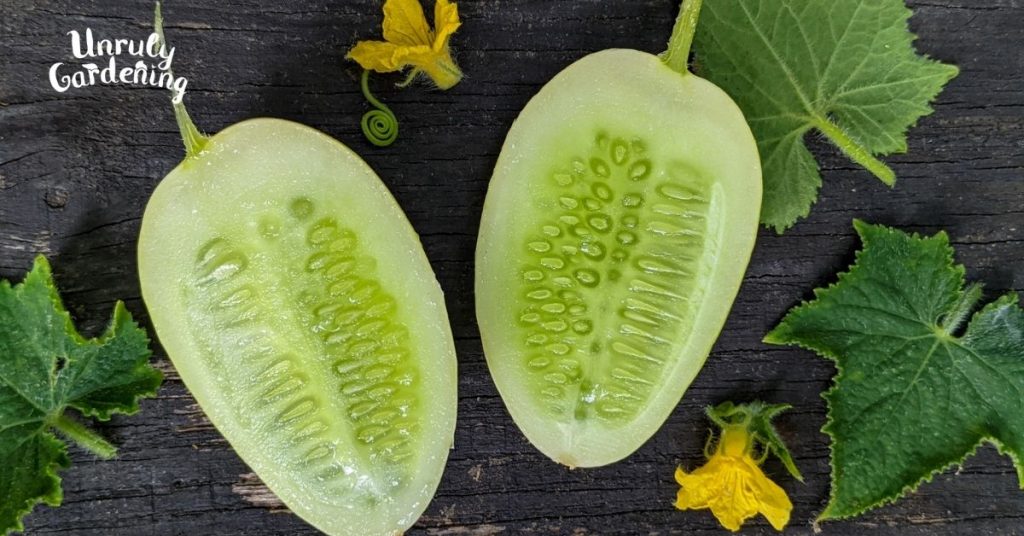
How to grow:
Cucumbers are a warm-weather crop, so don’t plan on planting these until after absolutely all chance of frost is behind you! Traditionally in Appalachia, crops such as cucumbers were planted on May 10th, or ‘Vine Day’, as would all other vining crops, such as pumpkins and watermelons.
For our area (USDA Zone 7), that still holds up pretty well- we plant our cucumbers in early May, and then follow it up with a second batch in July!
Soil:
To prepare the soil for planting cucumbers, while you can just try pressing the seeds into the soil and seeing what happens, they’ll be much happier if you at least work in a good amount of compost into the soil before sowing.
Ideally, the soil you plant your cucumber seeds will be loose, well-draining, rich in organic matter, and with a pH between 6.0 to 7.0. So not planted in rock-hard soil or in a location that tends to collect standing water, and with a good 1-2 inches of compost worked in before planting.
Light:
Full sun for cucumbers! Aim for 8+ hours of direct sunlight.
Sowing:
Sow cucumber seeds 1″ deep, 6″ apart from each other. If you are growing your Dragon’s Egg cucumbers up a trellis, I have personally found that they do just fine being left at this spacing without the need for thinning- but if you aren’t growing them up a trellis, but rather letting them sprawl on the ground, then thin the plants out to having one plant every 12″, so they have room to grow.
Keep soil moist until seeds germinate. Once plants are a few inches tall, mulch around the base of each to help prevent drying out.
Succession planting:
No matter how on-top-of-it you are with picking your cucumbers, the plant will die eventually- but if you make a point of sowing a new batch of seeds every 2-3 weeks, you can keep yourself in cucumbers right up until frost!
Water:
Cucumbers like their moisture- drying out too much is a frequent cause of bitterness in cucumbers (though worth noting here- in our garden, we’ve gone through drought periods twice this year so far and we’ve yet to get so much as a hint of bitterness in the Dragon’s Egg cucumbers!) so a good watering once a week, assuming you don’t get rain, is the recommendation.
To prevent inconsistent moisture, mulch is a lifesaver. If you just can’t get your cucumbers to produce anything but bitter fruit, try mulching the plants from the very start, and see if it helps!
Fertilizing:
Cucumbers require low nitrogen and higher amounts of potassium and phosphate. High nitrogen amounts should be avoided, as it will encourage leaf and vine growth but sacrifice flowers and fruit in return.
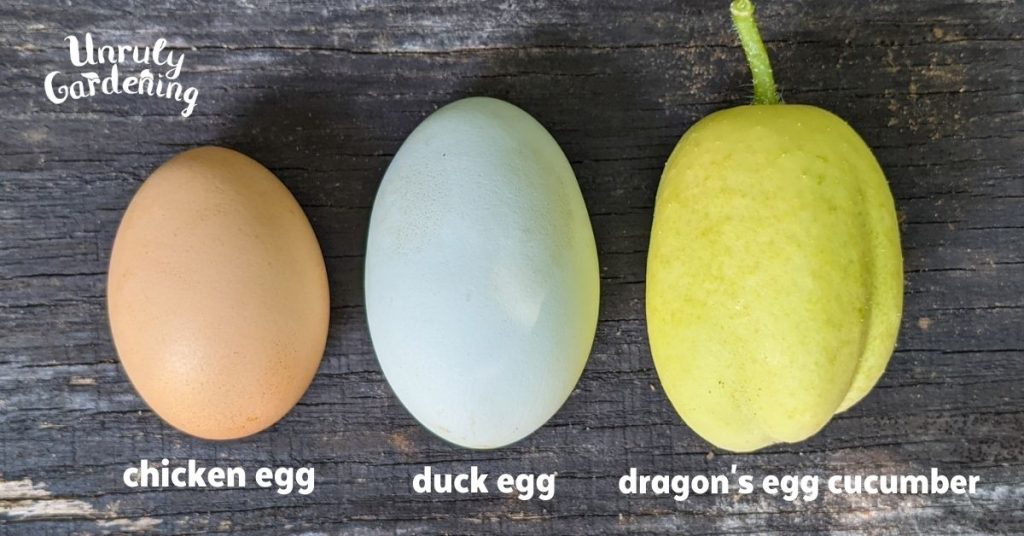
Trellising:
A trellis saves space and helps to prevent rot in growing cucumbers. Trellises can take just about any form you can think of to coax a cucumber vine into twining around, but we personally use cattle-panel arches.
As the cucumbers grow, simply tuck and weave the vines through your trellis. Eventually, they’ll catch on, and start climbing it themselves, though you may have to still tuck a wayward vine back in place.
Worth noting- Dragon’s Egg cucumbers will give you a fight when it comes to the trellis! They like to cascade, not climb, so to keep them to the trellis, you’ll have to keep up the weaving continually. Start weaving them through as early in their growth as possible, and make a point of tucking in any escaping ends you find.
Other care:
If you cover your plants with insect netting to prevent pests from getting a foothold, note that you’ll have to remove those covers to allow pollinators to get at the flowers once the plant begins blooming, or else hand-pollinate the flowers on your own.
Cucumbers have both male and female flowers, and the pollen from a male flower must be received by a female flower in order to produce fruit. You can tell which flowers are female by looking closely: there is a small, visible bulge behind the flower on the female, which the male flowers do not have. This is what will become the fruit of the cucumber.
If you are in a pollinator-scarce location and your cucumbers have lots of flowers but are not setting fruit, you may need to hand-pollinate the flowers yourself to get a harvest. Use a small, fine paintbrush to collect pollen off of the male flowers, and gently transfer it to stigma of the female flower. Then wait for your cucumbers to grow!
Harvesting:
Pick Dragon’s Egg cucumbers when they appear mature- they will be larger than an egg, but an exact size is impossible to give, as they can vary.
Considering how much and how swiftly they produce, it really doesn’t hurt to just pick some at different stages of growth just to figure out what size you should be picking them at.
Using:
Of course, eating these fresh is a treat- sweet and juicy, and delicious both plain and in salads! One cucumber is just about perfectly sized to be a single serving for one person. The peels are edible.
Others enjoy pickling them, though Dragon’s Egg is not a pickling variety.
Storage:
These do not, sadly, keep for long. Placed whole in the refrigerator, they last about 2-3 days before starting to wither up. They have the best flavor and texture, in the author’s opinion, when they’re kept in the refrigerator and eaten within the first 1-2 days of picking- pop them in the refrigerator in the morning, and eat them later that day for lunch or supper!

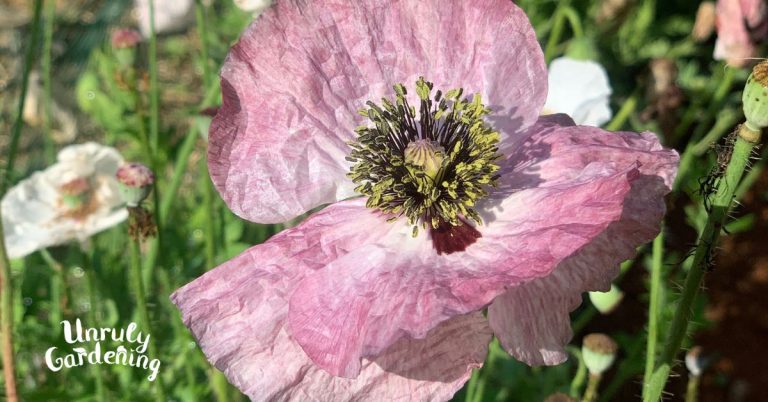
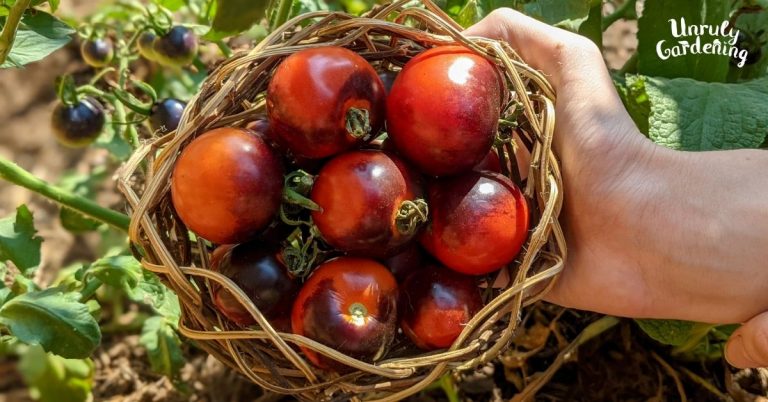
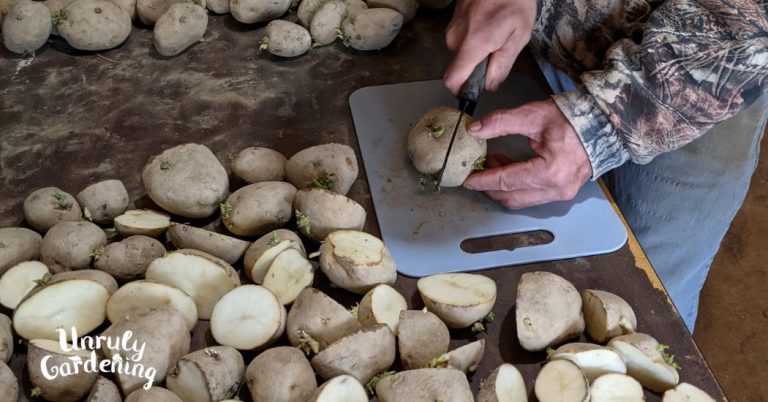

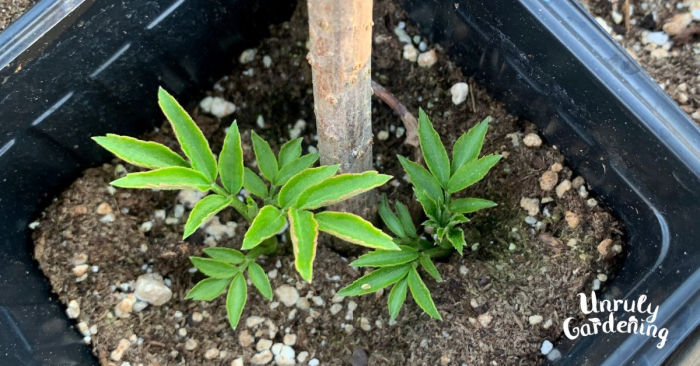
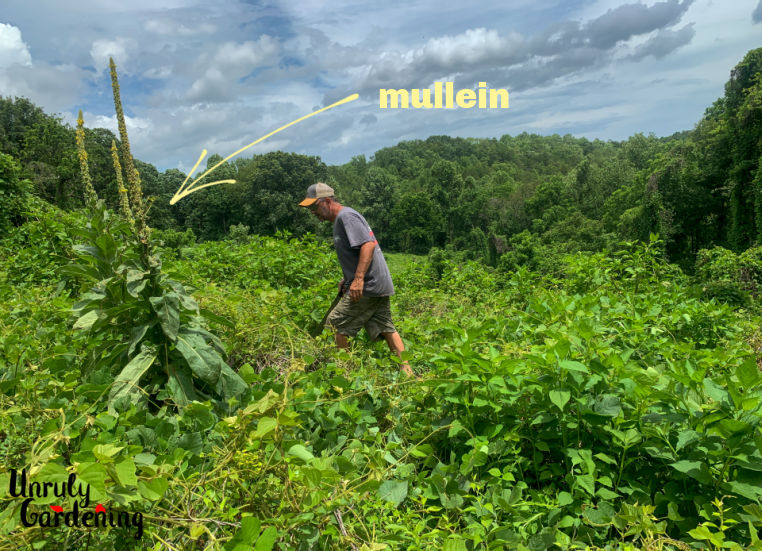
I just need some clarification- do you direct sow seeds outdoors in early May? or you start seeds indoors and move outside in May? thank you!
Hi M! We usually direct seed outdoors in early May, however, you could also start your cucumber seeds indoors around the middle of April and then move the young seedlings outside in early May to give them a head start.
Both ways will work!
I love the way you structure the information! Beautifully done. excellent and valid teaching material. Thank you